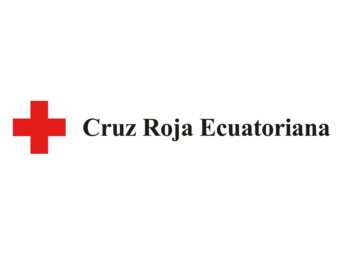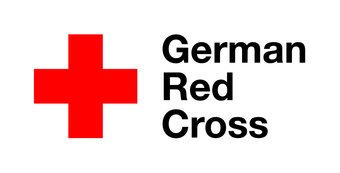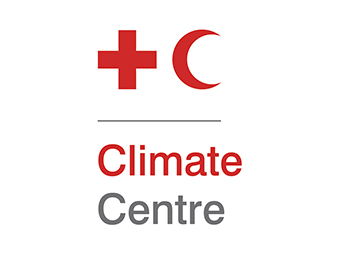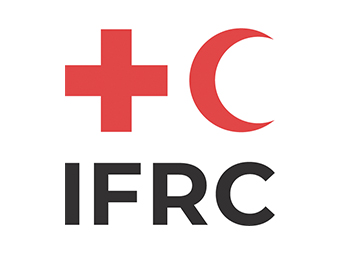Strengthening FbF Readiness in Ecuador
Since 2017 the Ecuador Red Cross Society has been working to develop protocols for volcanic ash falls and intense rainfall associated with El Niño. The protocols have been developed in close collaboration with the National Risk Management and Emergency Service (SNGRE) and rely on forecasts from Ecuador’s meteorological service (INAMHI) and Geophysical Institute (IGEPN), and the regional El Niño study committee (ERFEN).
The project seeks to institutionalize two EAPs that will mitigate the humanitarian impacts of these two hazards with a focus on protecting people’s health and livelihoods.
Key facts
Start/end date
August 2017 – August 2024
Hazards covered
El Niño – Intense rainfall | Volcanic Ash
Regions covered
High Andes: Chimborazo, Bolivar, Cotopaxi, Tungurahgua, Pichincha
Coastline: Esmeraldas, Manabi, Guayas,Santo Domingo, Los Ríos, Santa Elena
Ecuadorian Amazon: Sucumbios, Pastaza
Early action sectors
Health | Livelihoods – livestock and agriculture | Cash transfer | Evacuation | WaSH
Anticipatory Action Protocols/Plans in place
El Niño – Intense rainfall
Volcanic Ash
Activations
None to date
Population reached during activation
El Niño – Intense rainfall: 1,000
Volcanic Ash: 1,000
Key actors/implementing partners
he Ecuador Red Cross Society, with support from the German Red Cross and the Red Cross Red Crescent Climate Centre work closely with INAMHI (Instituto Nacional de Metereología e Hidrología), IGEPN (Instituto Geofisico de la Escuela Politécnica Nacional), INOCAR (Instituto Oceanográfico y Antártico de la Armada del Ecuador), Servicio Nacional de Gestión de Riesgos en Emergencias y Desastres, and local governmental authorities.
Project impressions

Sangay EAP Activation 2020 © Ecuadorian Red Cross

Sangay EAP Activation 2020 © Ecuadorian Red Cross

Sangay EAP Activation 2020 © Ecuadorian Red Cross

Sangay EAP Activation 2020 © Ecuadorian Red Cross

Sangay EAP Activation 2020 © Ecuadorian Red Cross

Sangay EAP Activation 2020 © Ecuadorian Red Cross

Sangay EAP Activation 2020 © Ecuadorian Red Cross
Sangay EAP Activation 2020 © Ecuadorian Red Cross
Sangay EAP Activation 2020 © Ecuadorian Red Cross
Sangay EAP Activation 2020 © Ecuadorian Red Cross
Sangay EAP Activation 2020 © Ecuadorian Red Cross
Sangay EAP Activation 2020 © Ecuadorian Red Cross
Anticipation in practice: Project description
Intense rainfall associated with El Niño and volcanic eruptions cause significant hardship in Ecuador. Heavy rains lead to flooding and landslides, damaging infrastructure, and causing people to lose their homes, livelihoods (including crops and livestock), and lives. The El Niño Intense Rainfall Protocol provides assistance for up to 1,000 families in nine coastal cantons. It helps them cope with the impact of flooding through the following early actions:
- Training of volunteers and delivery of community-based WaSH hygiene education programs (Participatory Hygiene and Sanitation Transformation, PHAST) based on the seasonal and sub-seasonal forecasts.
- Provision of chlorine tablets and water containers for families based on the 5-7-day forecasts.
- Cash transfers to help families cover their basic needs in the face of evacuation or flood-related losses.
The El Niño Protocol is triggered in phases. The first one is based on a seasonal forecast indicating a 70 percent chance of rainfall in the upper 10th percentile. If the sub-seasonal forecast (one month before the rainy season) continues to indicate the same probability, the second phase begins. The final phase of activation will occur when INAMHI issues a forecast of intense rainfall (“red” risk level according to local warning systems).
Volcanic eruptions and ash falls emit toxic ash that destroy crops, kill livestock, and compromises human health. The Volcanic Ash Protocol seeks to mitigate the ash’s impact on vulnerable populations through early actions that correspond to the governments’ pre-established alert levels and the quantity of ash predicted to fall. When the government detects significant underground volcanic activity (Alert Levels A & B), the Red Cross begins preparations for activation. When that activity increases to indicate an imminent eruption in an area that will affect communities (Alert level C), the ERC will take the following actions, depending upon the quantity of ash IGEPN predicts will fall.
For ash levels between two and five millimeters, ERC will distribute health kits consisting of safety glasses, masks, and saline solution to reduce eye and respiratory problems.
For ash levels between five and ten millimeters, ERC will also distribute livelihood protection kits containing tarpaulins and tools to protect livestock and crops.
For ash levels between ten millimeters and 30 centimeters, ERC will also provide cash grants to affected families to help them cope with the destruction. Furthermore, for ash level above one centimeter, ERC will assist people to evacuate along with their livestock.
Lessons Learnt
An evaluation of the 2020 Sangay activation is currently underway.
Participating in the planning and activation of the Early Action Protocol for Volcanic Ashfall has been an ongoing learning experience for me. The preparation process to supply the needs of the community is a detailed work that helped us gain time during the assistance, and being part of that on the field is priceless, but it also made me realize how important it is to balance both the anticipation and adaptation work.
Further Information
Contact
Plan de Acción Temprana-Chimborazo
Video about the Sangay Volcano Activation 2020
Play Video
Programa de Transferencia en Efectivo-Chimborazo
Video about the Sangay Volcano Activation 2020.
Play Video
Implementing Organisation




